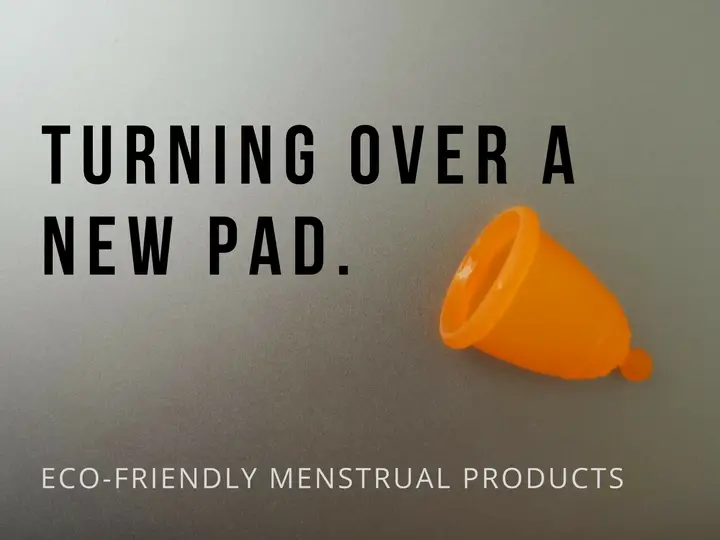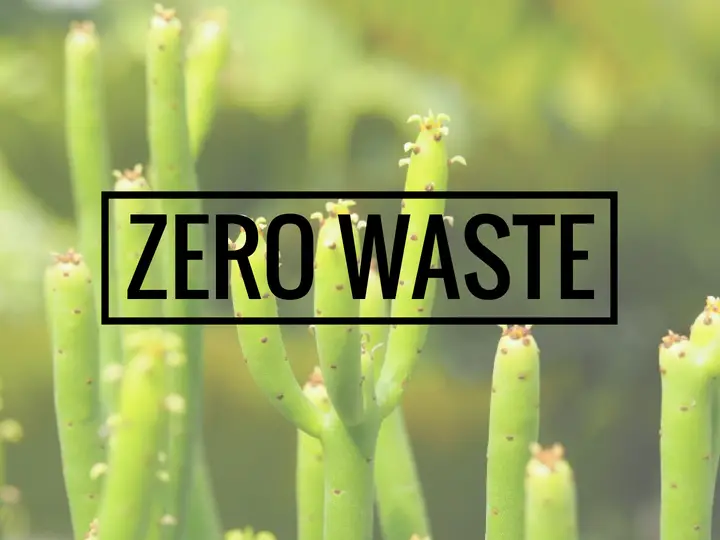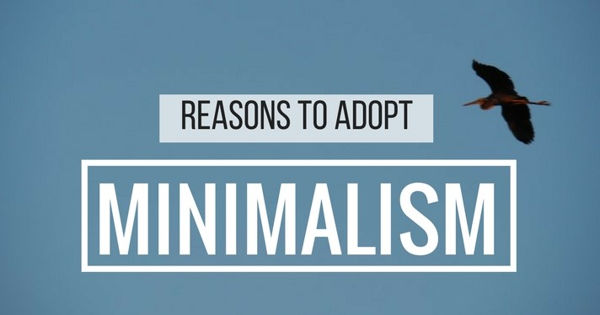“Period”, “menses”, “menstrual cycle”, “that time of the month”, “aunt flow” or whatever you call it. This is the topic today with regard to eco-friendly menstrual products.
Even if you’re a dude, you can still keep reading this post and share it with your female friends if you think they would be interested.
Sections covered in this post:
- Why should you switch to eco-friendly menstrual products?
- What are the eco-friendly options available?
- First-time menstrual cup user (My personal experience)
- Cloth pads vs disposable pads
- First-time cloth pads user (My personal experience)
- Impact of the switch to eco-friendly menstrual products
Why you should switch to eco-friendly menstrual products
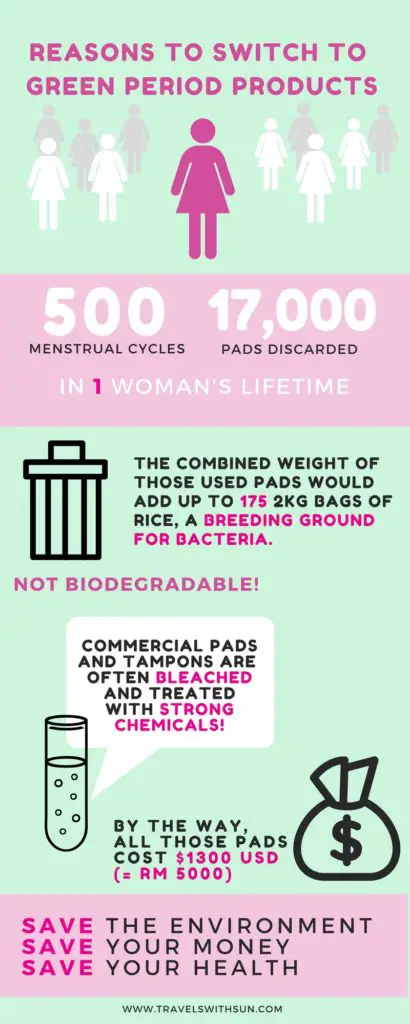
Switching to “green” period products – What are the options?
To summarize, you could potentially save ~RM 5,100 and prevent adding another 350kg worth of trash (that is probably not biodegradable) to the landfills.
Malaysia is unfortunately, not quite there with alternative menstrual solutions but thankfully, online shopping exists!
Here are the eco-friendly options that we have:
- biodegradable pads/tampons
- cloth pads
- menstrual/period cups
- period panties/pants
- sea sponges (????) – ok, this one is new to me. Read it off this lady’s blog.
Lifestyle changes are kind of scary. Switching from pads to a menstrual cup is no exception.
But it is actually an easy way to make less waste.
Not to mention the extra benefits, too (e.g no unpleasant odors, comfortable, etc).
I recently switched to a cup and have written my experience with it below. I haven’t personally tried out the other “green” period products in that list yet so that remains to be seen.
1st time period cup user (personal experience)
I got my first cup from this site for ~RM80. Here is another site where you can get them.
After debating a bit on what size I was, I went with Meluna’s “Classic S with a Ball Stem”.
In retrospect, I probably need the “Shorty” but that was out of stock.
My cup arrived early the next week in a sealed plastic bag. I had ordered on a Thursday. . It came with a small pouch and a free cloth pad.
Before my first use, I boiled the cup in a pot over the stove for a few minutes as the included instruction manual had advised.
Does it hurt to insert it?
During my evening shower, I tried my best to figure out how to put it inside my lady parts.
It was probably a 15 minute struggle (more like 20) or so before I got it in securely.
I used a punch-fold method that I read about online. You need a lot more shoving force than I expected. It didn’t hurt (as long as the surrounding skin is wet too). It just felt strange. Once it’s up though, I do not feel it.
How much can a cup hold?
As someone with a relatively heavy flow, I didn’t trust the cup entirely to catch everything. Had a panty liner as backup. I checked the cup after three hours and it was only filled 1/3 and there were two drops on the liner. Not bad.
Emptied the cup (taking out was tricky but not impossible thanks to the stem), washed it with water and put it back in (easier now) before I went to bed. I literally had the best sleep I’ve ever had on first day flow. No tossing or turning or worrying if I was going to stain my bed.
Stain-risk free?
Sure enough in the morning, there were only a few drops on the liner and my bed was spot-free. I consider that a success.
How often do you have to change it?
Everyone’s different but here is my usual schedule:
In the morning, the cup sometimes retreats inside a bit more so I can spend up to 10 minutes trying to get it out. I will then empty the contents into the toilet, rinse out the cup and pop it back in.
During midday, I will empty and (usually half full by this time on the first day of flow) and reinsert the cup so I can carry on with the rest of my day.
I will change the cup again during my evening shower. (it’s typically half full by then if that’s the first day of flow).
And the final time is right before I sleep.
Tip – If you can’t get the cup out. Relax and try again later. And it doesn’t help to get stressed out or angry. Kind of contradictory if you’re suffering from mood swings, I know.
How long can you keep the cup in?
In general, cups are supposed to last you 12 hours (don’t keep it in longer than that without changing or you risk infection or toxic shock syndrome).
I think because of my flow, my max is only about 6-8 hours.
Any negative points of using a cup?
Another thing I was initially curious about were the claims that menstrual cups can reduce the cramps that come with period.
So far, that hasn’t changed for me. I still get my usual dose of cramps. With the same level of pain.
Besides the fact that I can’t seem to make the cup fully inflate when it’s inside, I have no other complaints about using a period cup. I probably need a smaller one.
Cloth pads vs Disposable pads
In case you’re wondering about the differences between cloth pads and the regular, disposable pads you can get everywhere, here’s a summary:
- Obviously, the cloth pads have to be washed after use rather than thrown. I usually wash mine during my shower.
- If you do throw the cloth pads, they will degrade faster (if you use organic fabric like cotton) than the synthetic ones.
- Cloth pads are a good way to recycle old t-shirts lying about.
- You save money in the long run.
- Your vagina will thank you for it. Cloth pads are more breathable and commercial pads are also full of chemicals (scents, bleach, etc)
- You do have to carry your cloth pads around with you (in a plastic container or zip-lock sandwich bag) until you can get home and wash them
- You can customize the cloth pads to suit your needs (thicker, with wings, wider, or make them pretty, etc)
Recently read an article by CILISOS (You won’t believe what 12.1% of all our trash is…) that makes me even happier I’ve made the switch to cloth pads.
In their article, period products like pads (and diapers) make up a considerable percentage of landfill mass in Malaysia. Am thoroughly glad I’m no longer contributing to that ever-growing pile.
1st time cloth pads user (personal experience)
Since January, 2018, I have been using cloth pads instead of commercial pads. I even took my cloth pads and used them throughout my 9 months’ trip in New Zealand.
Here’s how you can apply for a working holiday visa in New Zealand.
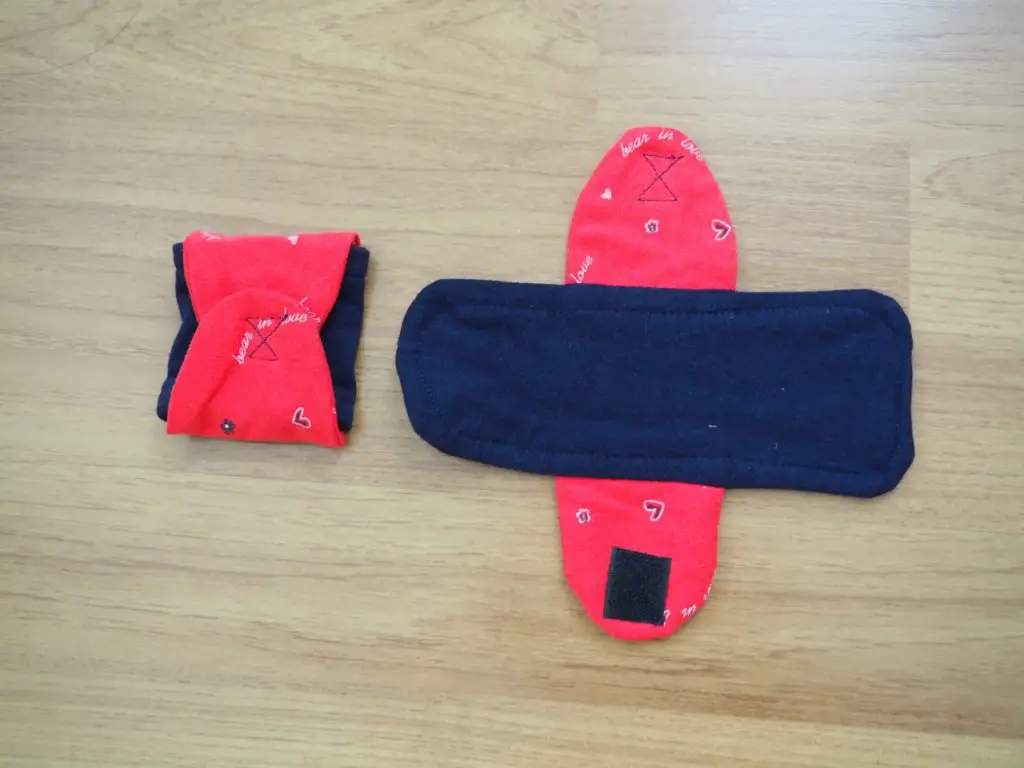
The very first cloth pads I used were made from some old tee shirts hanging in my closet:
DIY your own cloth pads
You see, when I received my menstrual cup from MeLuna, they provided a free cloth pad. It still had some synthetic material in it so I made the template below based on it.
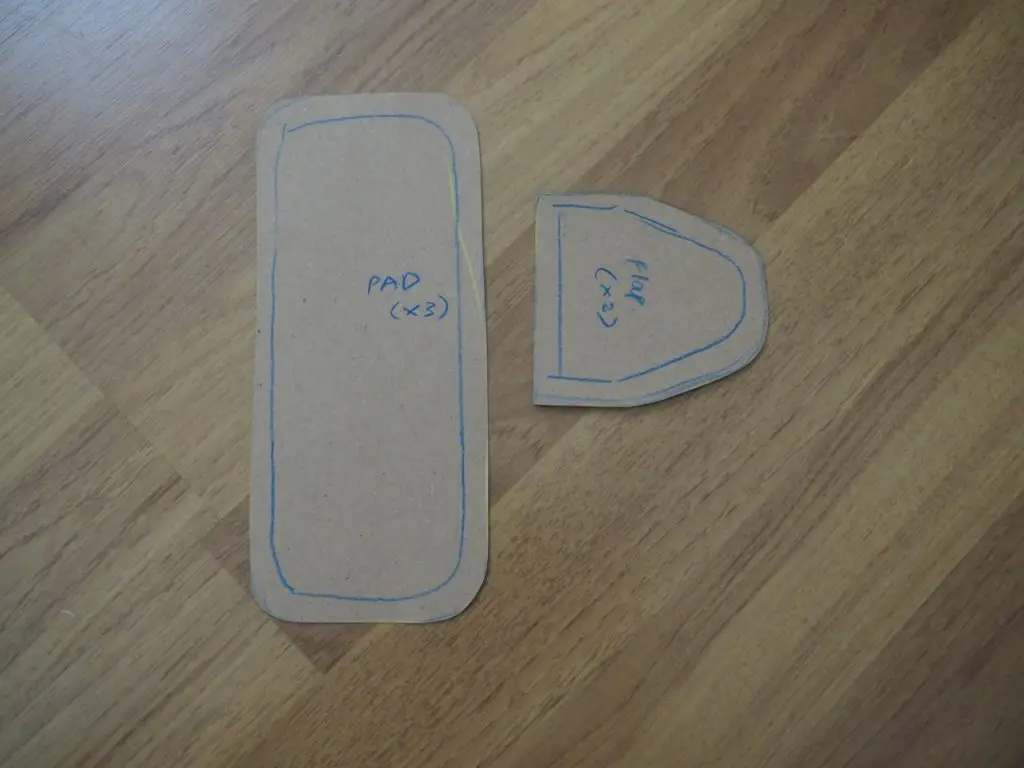
- Cut 3 of the pad shape and stack them on top of each other. Sew around the perimeter. That’s your pad, basically.
- As for the flaps, cut a total of 4 pieces. Two pieces will create a flap each. Sew around the perimeter.
- Attached the flaps to the main piece.
- At the tip of the flap, attach snap buttons. Velcro doesn’t last long in my experience.
What about the material?
I like 100% cotton.
Note: On normal days, I don’t have any leakage. During period, I use these in conjunction with my period cup.
How many pads do you need?
I have a total of 15. That’s enough to switch up to 3 times a day (if you want) with enough time between washes. You might need more if you’re not going to use a dryer and relying solely on sunshine.
Each pad consists of 3 base layers and 4 flap layers (2 for each flap).
How to wear the cloth pads
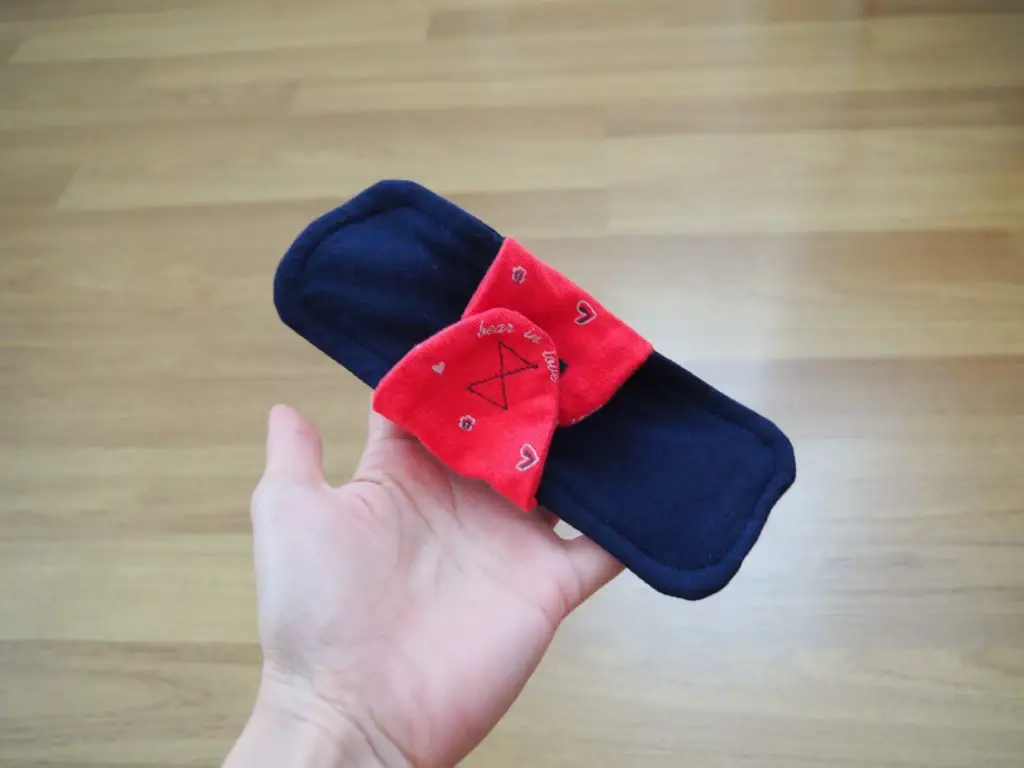
It won’t budge throughout the day unless you’re doing something funny or you didn’t lay it flat to start with. =P
Impact of the switch to eco-friendly menstrual products
I don’t know why it took me so long to make this small but meaningful change in my life.
I learned about these options a few years ago but kept putting them off with feeble excuses like being too busy or too lazy or that they weren’t available in Malaysia.
At the time, I confess that I used to feel nothing – not even a drop of guilt. The guilt started to creep in gradually as more awful news came in about the impact of global warming and how all the waste that humans generate, was suffocating the world.
And then, somewhere at the end of last year, I came upon videos and articles explaining the concept of minimalism and zero waste lifestyle. But one of the steps I’m taking towards this direction to simplify my life is to migrate to eco-friendly menstrual products.
Conclusion
Having made the switch from the common commercial pads to eco-friendly menstrual products, I’ve noticed my hygiene has improved. No infections, hardly any stains and no odors (was that too much information?). It didn’t take very long to get accustomed to using cloth pads too.
The menstrual cup had a steep learning curve. Prepare yourself for that. But I’ve been using my cup for a year now and it has been great! I can put it in and remove it really fast now. I even took my cup (and my cloth pads) with me during my 9 months’ long stay in New Zealand.
In contrast, my bags used to be stuffed with pads @.@. The bathroom trash had to be thrown out daily too but now it looks like we don’t really need the bin anymore. I think I’ve saved some money from not having to buy any more pads. More money for travelling. HOORAY!
Will you make the switch too? Leave a comment below.
Our other related posts:
How minimalism can change your life
What does it mean to go zero waste?

